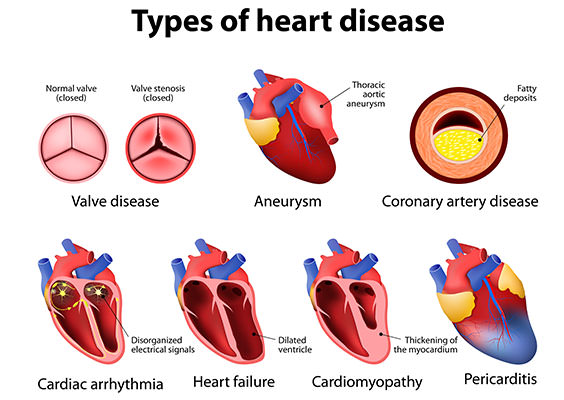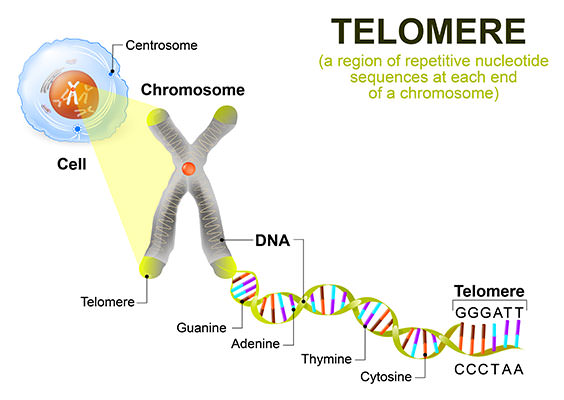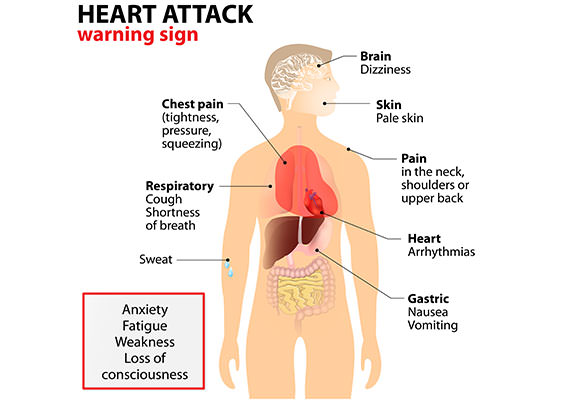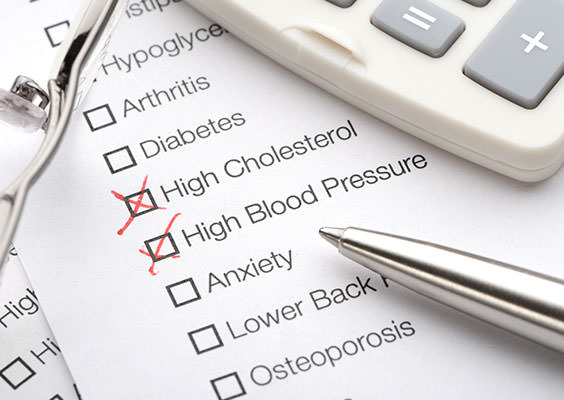The Truth About Heart Disease
Since the 1950s the medical industry has been peddling the myth that high cholesterol causes heart attacks. But here’s the truth. As Americans’ cholesterol levels have gone down, heart disease has not. It remains the number one cause of death in the United States.

I use a better warning system for heart attacks. I measure my patients’ telomeres.
What are telomeres?
You know by now that telomeres are the little countdown clocks at the end of your chromosomes. They prevent DNA strands from unraveling.

When you a
re young your telomeres are long. But every time a cell divides the telomeres get shorter. Cells die when telomeres are too short to protect DNA. And you begin to develop the signs and diseases of old age — including heart disease.Heart Attack Risk Signal
Telomeres are one of the best signals I’ve found for whether someone is at risk for a heart attack. And a recent study backs up what I’ve seen in my own patients.
Effects of Shorter Telomeres
Researchers measured the telomere lengths of nearly 4,000 heart attack patients within 24 hours of their attacks. They found that the heart attack victims had shorter telomere lengths when compared to a healthy control group.
In fact, every time telomere length dropped by one unit, heart attack risk more than doubled.1

Another study measured the telomeres of 337 people who had a heart attack (myocardial infarction, or MI). They also measured 337 people who did not. The slide below shows the result.
One of my slides from my Anti-Aging Seminar in Palm Beach, FL.

The blue line represents the average telomere length of people who did not have a heart attack (M/I). The red line shows the much shorter telomere length in people who did have a heart attack.
You can see that heart attack victims had much shorter telomeres than healthy people. For those with shorter telomeres, the risk of heart attack went up by 62%.
I help my patients prevent heart attacks by protecting their telomeres.
How to protect your telomeres and keep your heart healthy
Here are four things you can do at home to keep your telomeres long and your heart healthy:
1. Get More Omega-3 Fats. Omega-3 fatty acids activate telomerase. That’s the enzyme that helps repair and rebuild your telomeres.
That can lead to longer telomeres. One study found that people with the lowest levels of omega-3 fats had the fastest telomere shortening over a 5-year period. Those with the highest levels had the slowest shortening.2

The best animal sources of omega-3s are wild, cold-water, fish like pollock, salmon, tuna, lake trout and herring. Good plant sources are raw nuts and seeds, like walnuts, Brazil nuts, almonds and pumpkin seeds.
But it’s almost impossible to get enough omega-3s from your diet. You’ll want to supplement. Try to get 3 grams of omega-3’s every day. I recommend krill oil and calamari oil to my patients.
2. Take a Potent Antioxidant. Vitamin C in your cells can slow down the shortening of telomeres up to 62%.3 It also stimulates telomerase activity.

To protect telomeres, I recommend taking 5,000 mg to 8,000 mg every day. Be sure to divide that amount into smaller doses throughout the day.
3. Boost Folate. Folate or folic acid is one of the B vitamins (B9). Studies show men with the highest folic acid levels have longer telomeres than those with low folate.4

Folate works by countering the effects of homocysteine. High levels of this amino acid in your blood can triple the speed at which your telomeres shorten.5
I recommend getting 800 micrograms (mcg) of folate every day for your telomeres. Calf’s liver is one of the richest sources with 215 mcg in just three ounces. Dairy, poultry, meat, eggs, and seafood are other good choices. Among vegetables, dark leafy greens are a good source. Try spinach, broccoli, asparagus and Brussels sprouts.
4. Get Some Vigorous Exercise. Studies show people who do little or no exercise have the highest risk of short telomeres. A study of 2,401 twins found vigorous exercise can lead to longer telomeres. Their telomeres acted nine years younger.6

My PACE exercise program is the only workout system that addresses the challenges of aging. It lets you get just the right amount of exertion to give you anti-aging benefits. And it takes just 12 minutes per day.
In fact, studies show that PACE-style workouts slow down your aging clock and boost your energy. They can even help you heal and repair injuries and disease more quickly.
To Your Good Health,
![]()
Al Sears, MD, CNS
1. D’Mello MJ, Ross SA, Anand SS, et al. Telomere Length and Risk of Myocardial Infarction in a MultiEthnic Population: The INTERHEART Study. J Am Coll Cardiol. 2016;67(15):1863-1865.
2. Farzaneh-Far R, et. al. “Association of Marine Omega-3 Fatty Acid Levels With Telomeric Aging in Patients With Coronary Heart Disease.” JAMA. 2010; 303(3): 250.
3. Furumoto K. et al. “Age-dependent telomere shortening is slowed down by enrichment of intracellular vitamin C via suppression of oxidative stress.” Life Science 1998, vol. 63, no. 11 pp. 935-48.
4. Paul L et al, “Telomere length in peripheral blood mononuclear cells is associated with folate status in men.” J Nutr. 2009;139(7):1273-8.
5. Richards J et al. “Homocysteine levels and leukocyte telomere length.” Atherosclerosis. 2008;200(2):271-7.
6. Cherkas LF, Hunkin JL, Kato BS, et al. “The association between physical activity in leisure time and leukocyte telomere length.” Arch Intern Med. 2008;168(2):154-8.
To learn more about Al Sears MD products, call (866) 895-8555 or visit:
For Books & DVD’s: https://alsearsmd.com/catalog
For Healthy Supplements: http://www.PrimalForce.net/catalog

